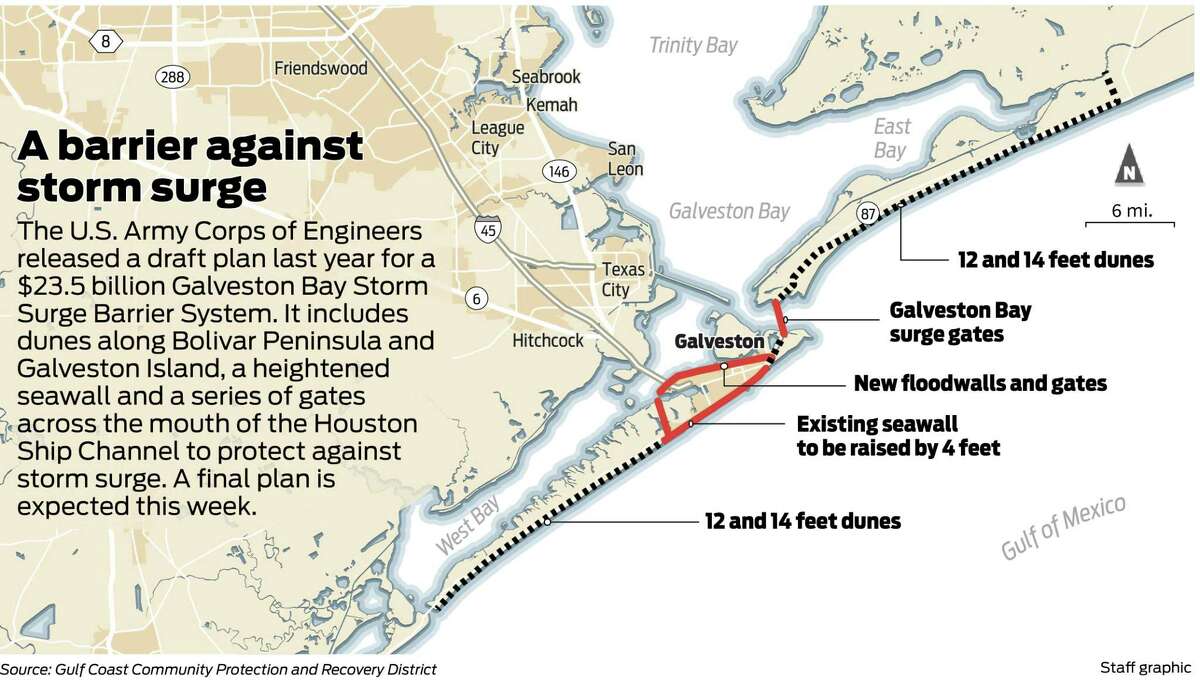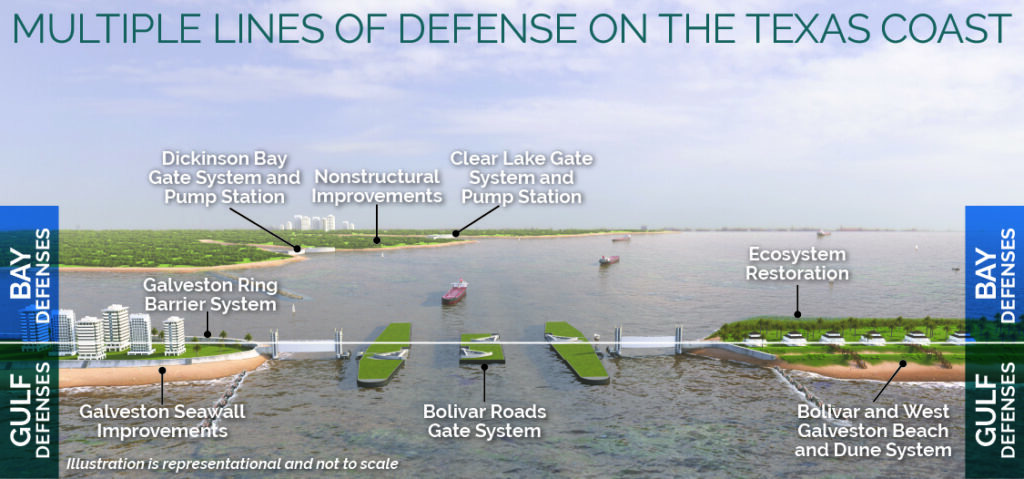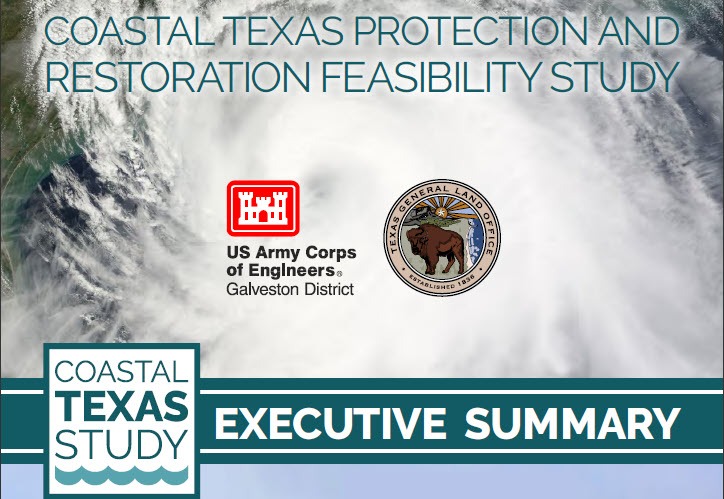Texas Coast Resiliency
The Texas coast refers to the area along the Gulf of Mexico that runs from the Sabine River in the east to the Rio Grande in the south. The coastline stretches for approximately 367 miles and includes several major cities such as Houston, Corpus Christi, and Galveston.
- The Texas coast is known for its warm waters, sandy beaches, and abundant wildlife. It is a popular destination for fishing, boating, and other water-based activities. The region is also home to several state and national parks, including Padre Island National Seashore, which is the longest undeveloped barrier island in the world.
- The Texas coast is vulnerable to hurricanes, with several devastating storms having hit the region in the past, including Hurricane Harvey in 2017. Despite this risk, the area remains a popular tourist destination and is an important economic driver for the state of Texas.
Along the Texas coast, vital resources critical to the social, economic, and environmental welfare of the nation are at risk. When storms damage homes, businesses, infrastructure, and the natural environments of the Texas coast, the immediate fallout and the continued aftermath affect not only the people who live in these coastal counties, but also the entire nation.
Due to the importance of the Texas coast, the United States Army Corps of Engineers (USACE) has partnered with the State of Texas General Land Office (GLO) to identify and recommend solutions.
The goals are to reduce risks to communities, public health, and the economy; to restore critical ecosystems; and to advance coastal resiliency.
- The Galveston Ike Dike gate project alone would account for at least $16 billion and require 18 years to build, according to U.S. Army Corps of Engineers estimates. The gates would span a 2-mile gap from Galveston Island to Bolivar Peninsula.
- The most prominent feature of the coastal barrier would be floodgates, including some 650 feet wide to prevent storm surge from entering Galveston Bay and plowing up the Houston Ship Channel. An 18-mile ring barrier system would also be built along the backside of Galveston Island to protect homes and businesses from storm surge.
The Texas Coast Resiliency plan includes beach and dune ecosystem restoration projects along the Texas coast!
Congress will fund the project in small appropriations rather than all at once but did approve a bill that would authorize federal agencies to plan for an estimated $31 billion project intended to protect the Texas coast from hurricanes.
- Hundreds of millions of dollars have already gone into studying the idea to build a system of concrete gate barriers at the mouth of Galveston Bay. Nicknamed for the destructive hurricane that hit Galveston Island in 2008, the so-called Ike Dike could be the largest civil engineering project in U.S. history.
- The project is included in the Water Resources Development Act, which contains various federal water, coast and flooding projects that require congressional approval to move forward but does not allocate funds.
- Republican Sen. John Cornyn said the project brings Texas “one step closer” to ensuring the state’s coast will be as “prepared as possible” for future hurricanes.
- “Protecting the Texas coast from devastating hurricanes is a top priority when it comes to preserving the livelihoods of Texans and ensuring the massive amount of international trade that relies on our state can resume after a storm,” Cornyn said in a statement.
The Ike Dike is part of the larger Texas Coastal Project, which was proposed to protect the state’s shoreline against hurricane storm surge and rising sea levels. It includes a series of other coastal infrastructure and environmental projects, from artificial barriers to beach and dune restoration.
The Ike Dike was first conceptualized by Bill Merrell, a marine sciences professor at Texas A&M University in Galveston. The current plan imagines artificial islands anchoring huge floating gates more than 80 feet tall that could close as water levels rise during a storm.
On each side of the floating gates, concrete towers would rise more than 100 feet in the air to hold more vertical gates that could lower into the water during a storm. When closed, the gates could reduce surge into Galveston Bay by 30% to 60%, according to the U.S. Army Corps analysis, depending on the hurricane’s track and intensity.






Leave a Reply
You must Register or Login to post a comment.
Become a registered member, it is fast, fun, and free! Gain access to sales analysis, conversations, and much more! Texas state law requires membership before we can share sales information or talk about subjects relevant to ownership. See our membership page for more details.